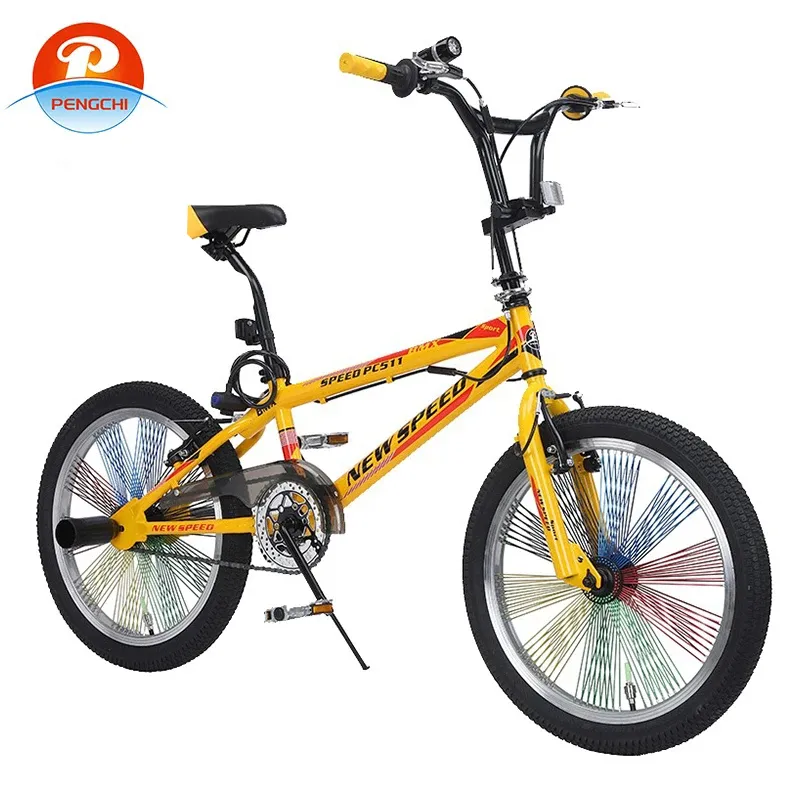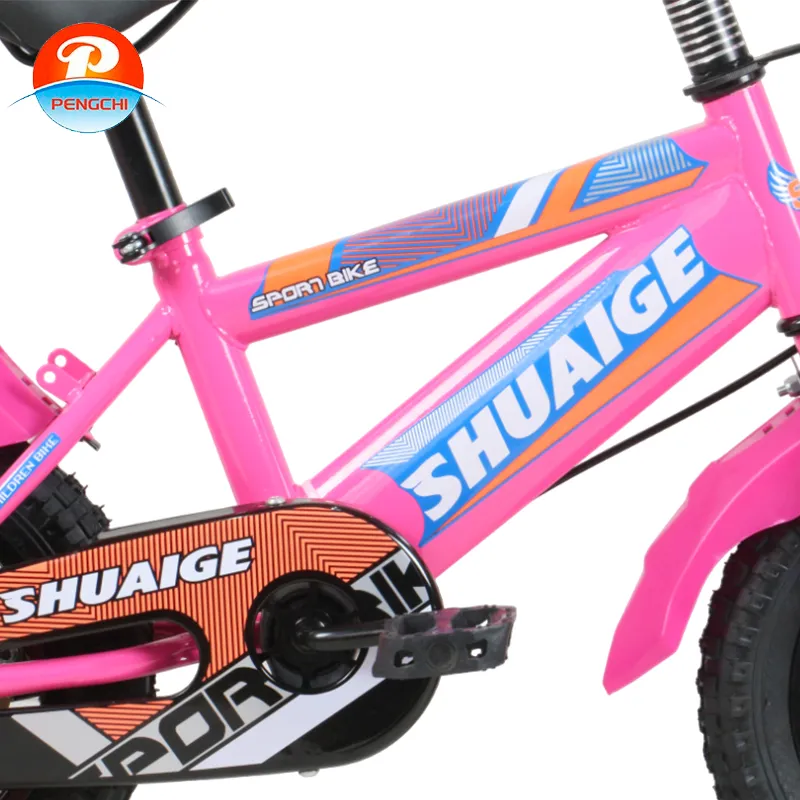
-
 Afrikaans
Afrikaans -
 Arabic
Arabic -
 Belarusian
Belarusian -
 Bengali
Bengali -
 Bulgarian
Bulgarian -
 Croatian
Croatian -
 Czech
Czech -
 Danish
Danish -
 Dutch
Dutch -
 English
English -
 Finnish
Finnish -
 French
French -
 German
German -
 Greek
Greek -
 hawaiian
hawaiian -
 Hebrew
Hebrew -
 Hindi
Hindi -
 Hungarian
Hungarian -
 Indonesian
Indonesian -
 irish
irish -
 Italian
Italian -
 Japanese
Japanese -
 Javanese
Javanese -
 kazakh
kazakh -
 Khmer
Khmer -
 Korean
Korean -
 Kyrgyz
Kyrgyz -
 Lao
Lao -
 Latin
Latin -
 Luxembourgish
Luxembourgish -
 Malay
Malay -
 Myanmar
Myanmar -
 Norwegian
Norwegian -
 Persian
Persian -
 Polish
Polish -
 Portuguese
Portuguese -
 Romanian
Romanian -
 Russian
Russian -
 Serbian
Serbian -
 Slovak
Slovak -
 Somali
Somali -
 Spanish
Spanish -
 Swedish
Swedish -
 Tagalog
Tagalog -
 Thai
Thai -
 Turkish
Turkish -
 Turkmen
Turkmen -
 Ukrainian
Ukrainian -
 Uighur
Uighur -
 Vietnamese
Vietnamese
Jan . 09, 2025 12:19 Back to list
bmx bikes for sale
BMX cycling has evolved tremendously since its inception, branching out into various specialized forms, each designed to cater to specific riding styles and terrains. This diversity can be confusing to newcomers. For those venturing into the dynamic world of BMX, understanding the different types of bikes available is crucial for an optimal experience.
Flatland BMX bikes are the specialized tools for artists on two wheels. Designed for riders who enjoy performing intricate balance tricks on flat surfaces, these bikes are lighter and feature a more minimalistic design. The geometry enables excellent control over balance, crucial for executing complex stunts that require precise movements. Flatland bikes often have more clearance for swings and spins, with brands like Ares and St. Martin setting the standard in this niche. Street BMX bikes are akin to freestyle bikes but are tailored for urban environments where riders utilize public architecture like stairs and rails. Built to endure concrete jungles, these bikes balance durability with the ability to perform a wide range of tricks. Riders who enjoy exploring cityscapes and converting everyday obstacles into components of their routine will appreciate the offerings from brands like Fiend and Cult. For BMX aficionados, choosing the right type of bike hinges on understanding one's riding goals and the environment they wish to tackle. Each BMX variant is designed with specific terrains and purposes in mind, making it essential for riders to align their choices with their desired style of riding. This not only enhances performance but also extends the lifespan of the bike, ensuring both safety and enjoyment in every ride.


Flatland BMX bikes are the specialized tools for artists on two wheels. Designed for riders who enjoy performing intricate balance tricks on flat surfaces, these bikes are lighter and feature a more minimalistic design. The geometry enables excellent control over balance, crucial for executing complex stunts that require precise movements. Flatland bikes often have more clearance for swings and spins, with brands like Ares and St. Martin setting the standard in this niche. Street BMX bikes are akin to freestyle bikes but are tailored for urban environments where riders utilize public architecture like stairs and rails. Built to endure concrete jungles, these bikes balance durability with the ability to perform a wide range of tricks. Riders who enjoy exploring cityscapes and converting everyday obstacles into components of their routine will appreciate the offerings from brands like Fiend and Cult. For BMX aficionados, choosing the right type of bike hinges on understanding one's riding goals and the environment they wish to tackle. Each BMX variant is designed with specific terrains and purposes in mind, making it essential for riders to align their choices with their desired style of riding. This not only enhances performance but also extends the lifespan of the bike, ensuring both safety and enjoyment in every ride.
Previous:
Next:
Latest news
-
BMX 20 Inch Bikes for Freestyle & Street | Fat Tire Options Available
NewsJul.30,2025
-
322 High Quality 26 Inch 21 Speed Adult Mountain Bike OEM MTB
NewsJul.29,2025
-
Specialized Kids Mountain Bikes - Safe, Durable & Fun Riding Experience
NewsJul.29,2025
-
Little Kids Mountain Bike - Lightweight Bikes for Young Riders
NewsJul.29,2025
-
Kids Mountain Bike Trek – Full Suspension for 6 Year Old Riders
NewsJul.29,2025
-
High Quality 48V Electric City Bicycle with 350W Smart Rear Hub Motor
NewsJul.28,2025

